Stay Safe. Be Seen: Exposure Joystick, Strada, RedEye, Flash and Flare
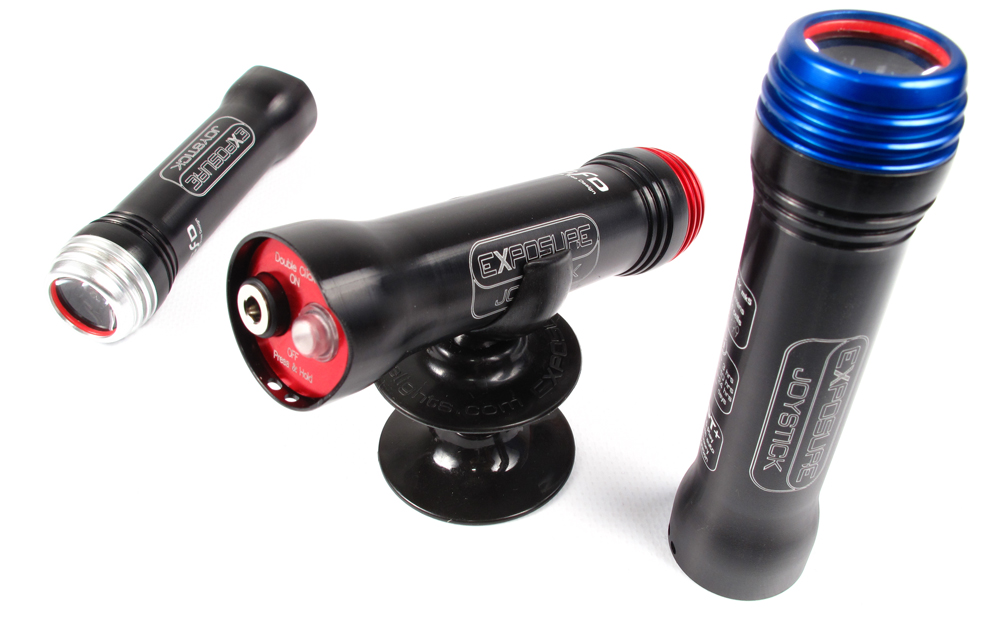
Having some experience with several different lights now, the lights from UK-based Exposure have one immediately noticeable feature. Or, more precisely, it's the lack of a particular feature that jumps out. There are no cables. And there are no battery packs. Every Exposure light is built using what Exposure themselves lists as their "principle feature" – Cable Free Design (CFD). The light and the battery are one unit. While this may seem like a remarkably obvious and not particularly noteworthy feature to any of us who have used a "regular" flashlight, what makes the Exposure lights really special is that inside the beautifully machined-and-manufactured-in-the-UK anodized aluminum housings of each light is a Lithium-Ion battery powerful enough to drive the light for a very, very long time.
The 300lm Joystick ($259) is powered by a single Cree XPG LED is roughly the equivalent size and weight of a Mini-Maglite. Maglite has recently come out with LED versions of most of their flashlights, which somewhat brings them up to snuff as compared with the old school Xenon-lamped versions that most folks probably know. The LED Min-Maglite puts out 69lm. While you get a respectable 18 hours on "high," at the end of those 18 hours, you need to buy new batteries and recycle your old ones. The JoyStick, for comparison, cranks out 3 hours on its high setting-which is almost five times as bright-and lasts 24 hours on the still very bright low setting. And when your Joystick runs out of juice? You just plug in the USB—powered plug to recharge it in only four hours. The charging cable has a USB-male on one end and an Exposure-specific charging plug on the other, so you will need to remember to bring this cable unlike some lights which charge via a USB-standard plug on the light itself.
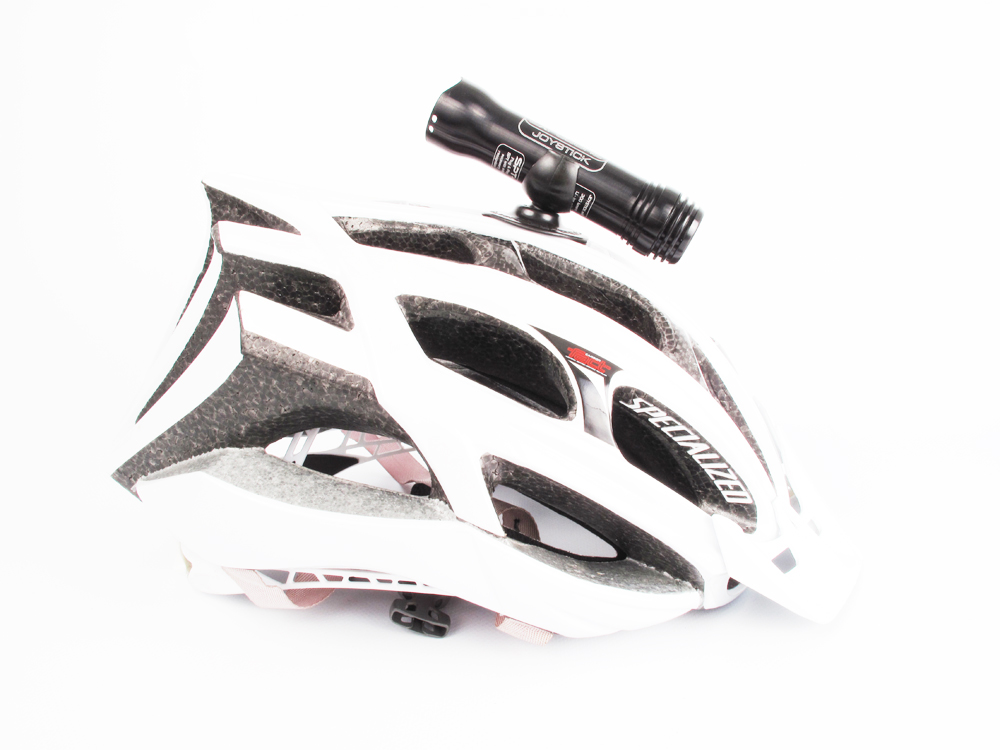
The Joystick is intended to be mounted on your helmet, and the simple, yet effective, included helmet mount pitches the light at an angle. I chose to mount the light parallel with the ground, as I wanted it to be more in line with drivers' line of site. But if you are planning to use it more for commuting, you can reverse the mount which will point the Joystick more towards the ground. Of course, the pitch of the light can be further tweaked by where along the contour of your helmet you choose to mount it. Regardless of how you mount it, you'll likely never notice the light is there. You don't notice the mount inside the helmet from a comfort standpoint, and the 98g Joystick is so light as to be easily forgotten. What you won't miss, however, is if you are on the receiving end of this light's beam. It's plenty bright, and has an excellent flash mode which functions as a short burst of on/off in rapid succession punctuated by a brief pause with the light on steady. You easily put the light into flashing mode by holding down the on/off switch for an extra second or two when you turn it on.
The Joystick also includes a short lanyard which is designed as an emergency leash to keep your light attached should you go off-roading and encounter some low lying branches, but it also works equally well as something to loop over your wrist should you take it as a light for running. If you think you'll be doing a fair amount of running with this light, though, Exposure sells a simple headband with an elastic sleeve for the Joystick pitched at 20deg down to give great illumination to the road or trail. You can also buy a quick-release handlebar mount, similar to that used for the bigger lights, for $35 if you prefer to mount the light on your bars. One other nice accessory for the Joystick that I tested (though there is an available version for every Exposure light) is the Beacon diffuser. We touched briefly on the subject of beam angle in our last review, and it's beam angle that the Beacon is designed to address.
![]()
The Beacon is designed, quite simply, to scatter light. While that's the last thing you want if you're trying to light up the road or trail, if you are interested in having people see you, the Beacon does a great job of making your light exactly that – a beacon. Without the Beacon (which looks, to be honest, like a condom for your light), the light goes basically straight ahead. While different lenses can spread the beam from the LEDs out more or less, the light is basically visible only within that beam angle. If someone is standing (or driving) at 90deg from you, they won't see your lights. Unless, that is, you use something like the Beacon. Much like traffic control wands, the Beacon makes a 5cm/2in protrusion at the front of the light that is visible from the side, top, and even slightly behind. It is easily the cheapest accessory you can buy to make your light more effective as a safety measure. It weighs virtually nothing (8g for the Joystick and 26g for the biggest one used on the 1200lm Maxx-D), costs virtually nothing ($10-15), and makes a dramatic difference in the visibility of the lights. It is made from a tough, flexible plastic that anchors onto the light via two ribs on the Beacon and two grooves on the light itself. It makes a great addition for daytime riding where visibility is really the only goal, but you can also use it for that same purpose at night, especially if you have an additional light, like the Strada, on your bike itself.
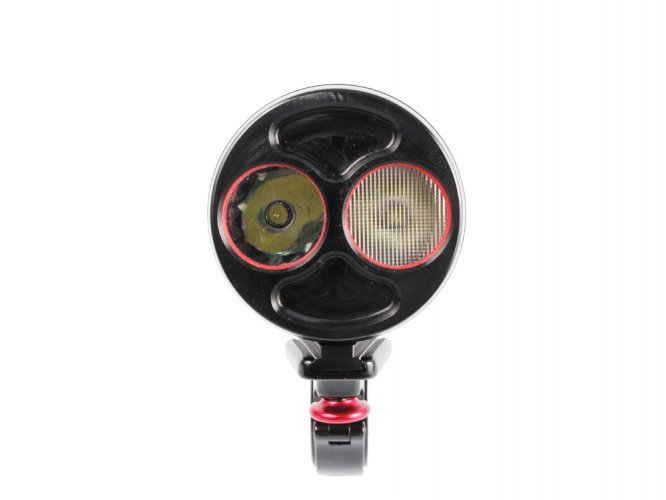
The 600lm Strada is, as the name implies, designed for use on the road. What distinguishes the Strada as a road-oriented light-as opposed to the equal in weight and luminosity Race-is the lens covering each LED. Road riding and trail riding differ in a few obvious ways, the most notable of which is speed. The Strada gives a very even, quite wide, beam spread at roughly 18-24deg. The Strada has two LEDs, one of which has a wide angle lens, and one of which is designed for long throw, while the Race has two long throw lenses which gives a beam angle of roughly 12-18deg. Internally, I had some debate over which was actually more applicable to road riding and which was more applicable to MTBing. On the one hand, I thought that road riders tend to ride faster and therefore need longer throw, but at the same time, I reasoned that road riders, unlike folks on single-track, have more choice to go around obstacles than simply riding over them, and therefore seeing more of the road is better. Generally, looking over a lot of reviews of lights, it seems that wide beams are generally considered more "useful" than tight-but long throw-beams, so perhaps the Strada is really the best choice for all riders. I suppose a lot is dependent on what other lights you are running in conjunction. Regardless, it is something to consider if you want a light of this output whether you want to focus on the Strada or the Race.
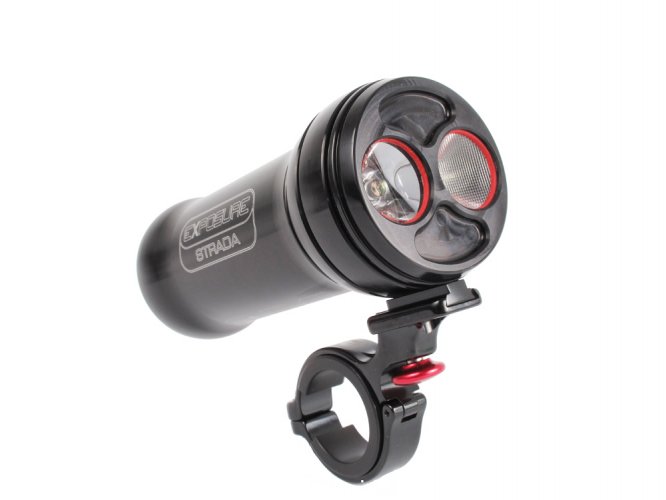
The other nice road-specific feature of the Strada is that unlike every other light, which has high/med/low settings, the Strada has only high/low, with the low actually being called "dim." The idea here is that a 600 lumen light is not just a little bright, it's really bright – bright enough to distract a driver. In the same way that you'd pay a driver on the road the courtesy of dimming your high beams, the Strada is designed for you to easily dim your high-beam-esque bike light with a single button press and then return to maximum illumination with another single press. On the trail, riders often select low light to conserve battery power on low speed ascents, use the middle setting for moderate speed situations, and then turn to max power for high speed descents or technical maneuvers. While I debated the appropriateness of the lens choice, the simple hi/lo settings on the Strada clearly makes a lot more sense for someone on the road, and the tweaking of the internal circuitry to account for these needs is a nice touch. The Strada attaches to your bars via a bolt-on mount. But the mount itself features a quick release to allow you to easily remove the light for charging. The quick release uses a very robust aluminum pin to hold the light in place, and I think it's one of the best mounting systems I've seen. It's very secure like most of the bolt-mounts, but retains much of the convenience of the tool-less mounts. The bottom of the light features a "cleat" which snaps into the quick release, but the cleat itself can pivot to allow you to precisely center the beam even though the light is mounted slightly left or right of center due to the stem faceplate. You can also pivot the light a bit to clear a stem-mounted computer, which was the only time the size of the Strada with its internal battery was an "issue," albeit a very minor one. The light was quite secure, yet it was also easily accessible for use as a flashlight for racking or un-racking your bike in the dark or for any of those other times at which a good flashlight is indispensible.
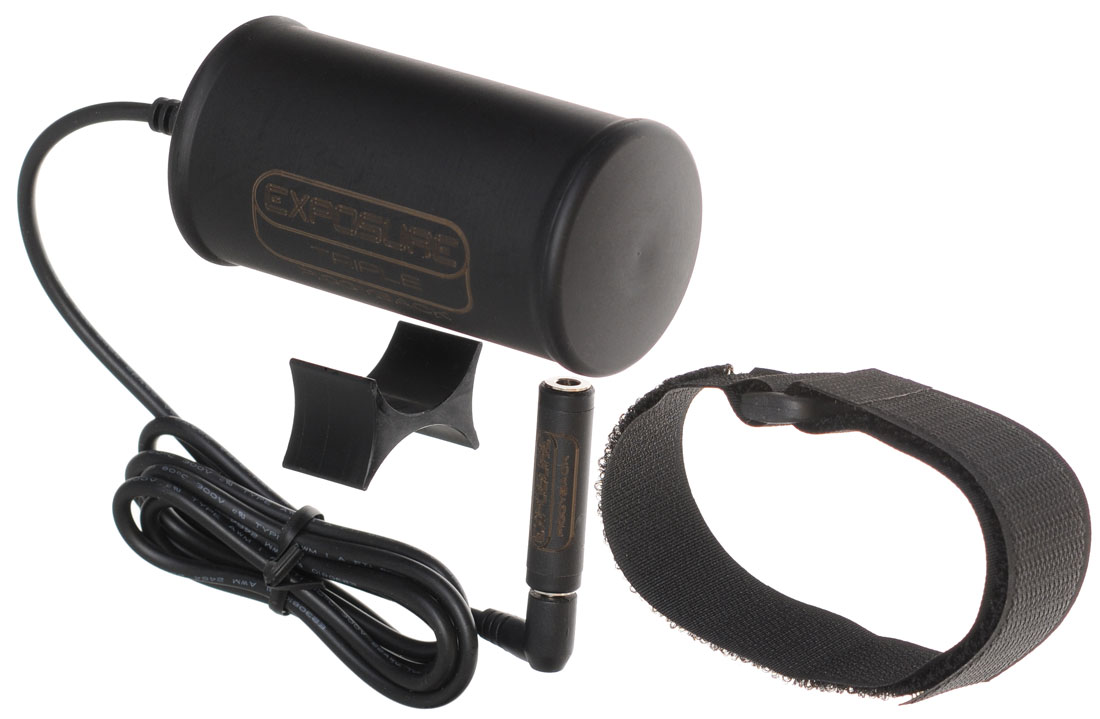
As with many of the lights we've reviews, the internal circuitry of these lights is remarkably intelligent. The lights protect themselves from overheating by virtue of a built in thermal protection switch that kicks the intensity down if the light starts to get too hot, and the lights will also work to keep you from getting stranded in total darkness by limiting the intensity as a function available battery life. So you won't go from having lots of light to having no light at all because you forgot to charge up or because a late night ride ran longer than expected. While the focus of these editorials is really on bike lights for being seen, I recognize that many of my readers may rely on their lights for double duty, and that using their lights to see is also of significant importance to them. For these folks, the importance of having lights that don't just die is a significant part of their lights contributing to their overall safety, so I did want to make note of it. The on/off switch has a translucent cover, and it shows the charge level of the battery-green for 50-100%, amber for 25-50%, red for 5-25%, and red flashing for 5% until it dies. So as much as you can rely on the light dimming itself to save your bacon in an emergency, Exposure also does their best to make sure it never has to.
And while not having your lights just die on you is nice, having the ability to you're your lights at max brightness is also something some folks really on quite heavily. If the absence of an external battery pack caused concern among those folks considering using these lights for enduro or 24 hour racing, fear not; the intelligence of these lights goes one step further. All Exposure lights feature Smart Port Technology. What this means is that the charging input on the backside of each light can also be used to drive an external rear (or auxiliary front) light, to hook up an external control switch ($55), and to accept any of Exposures Piggyback batteries which (depending on the light) can double or even quadruple your run time (3-cell – $130; 1-cell – $60). In this way, Exposure covers the night-racer who relies on the ability to swap out batteries while still supporting the typical user for whom a single, self-contained unit is a convenience.
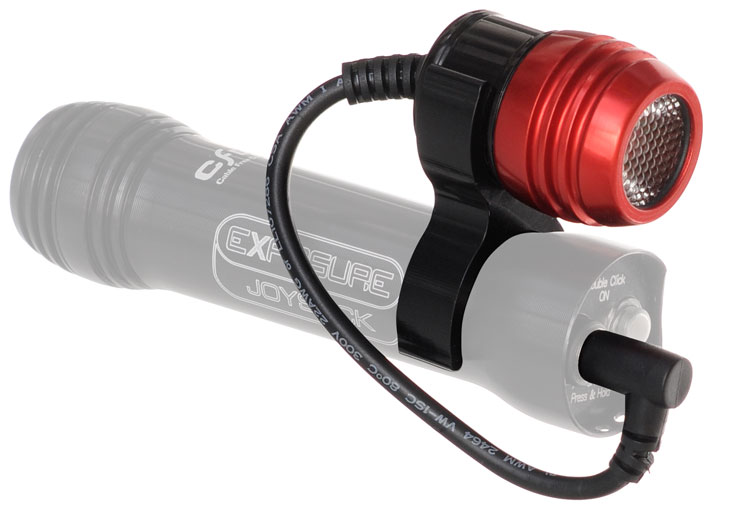
Though forward visibility and illumination is where most light makers focus their energies, being seen from behind is equally important. And it's via the aforementioned Smart Port that Exposure's lights provide for this necessary safety measure. The Joystick, as well as the slightly smaller Spark (220lm powered by CR123-A batteries; Exposure sells a rechargeable kit) and equivalently sized but absurdly bright Diablo (900lm), all easily take the auxiliary RedEye Helmet (80lm / $65) rear light powered by a Seoul P4 LED. The RedEye Helmet has a very short cable which plugs into the Smart Port, and, using a simple but efficient clip on design, it attaches to the body of the Joystick light. The Strada, and all of Exposure's other "big" lights, are designed to work with the regular RedEye (80lm / $65), which has a long cable to connect to the Smart Port and which attaches to your seatpost. The RedEye mounting system works reasonably well on an aero seatpost; it does tend to flop a little bit left-to-right on my Transition's post, but it was more than secure. The seatpost mounted RedEye also features translucent sides, meaning that the light is visible from the side. The helmet-mounted version has an aluminum housing which means that 100% of the light is directed backwards. While the Smart Port is smart enough to allow you to turn on only your rear light, in neither case, however, does the light support a flashing mode. This is, in my opinion, the only shortcoming of these lights, and something which Exposure has said they are addressing in the upcoming refreshes of the RedEye lights. At 80lm, they are more than bright enough to be a very capable taillight, but the absence of a flashing mode does put them at a disadvantage as compared with lights that are a bit less bright. Simply put, people notice when lights flash. However, people also notice bright, and 80lm is enough to get noticed, whether it's flashing or not, as I think you'll see from the video.
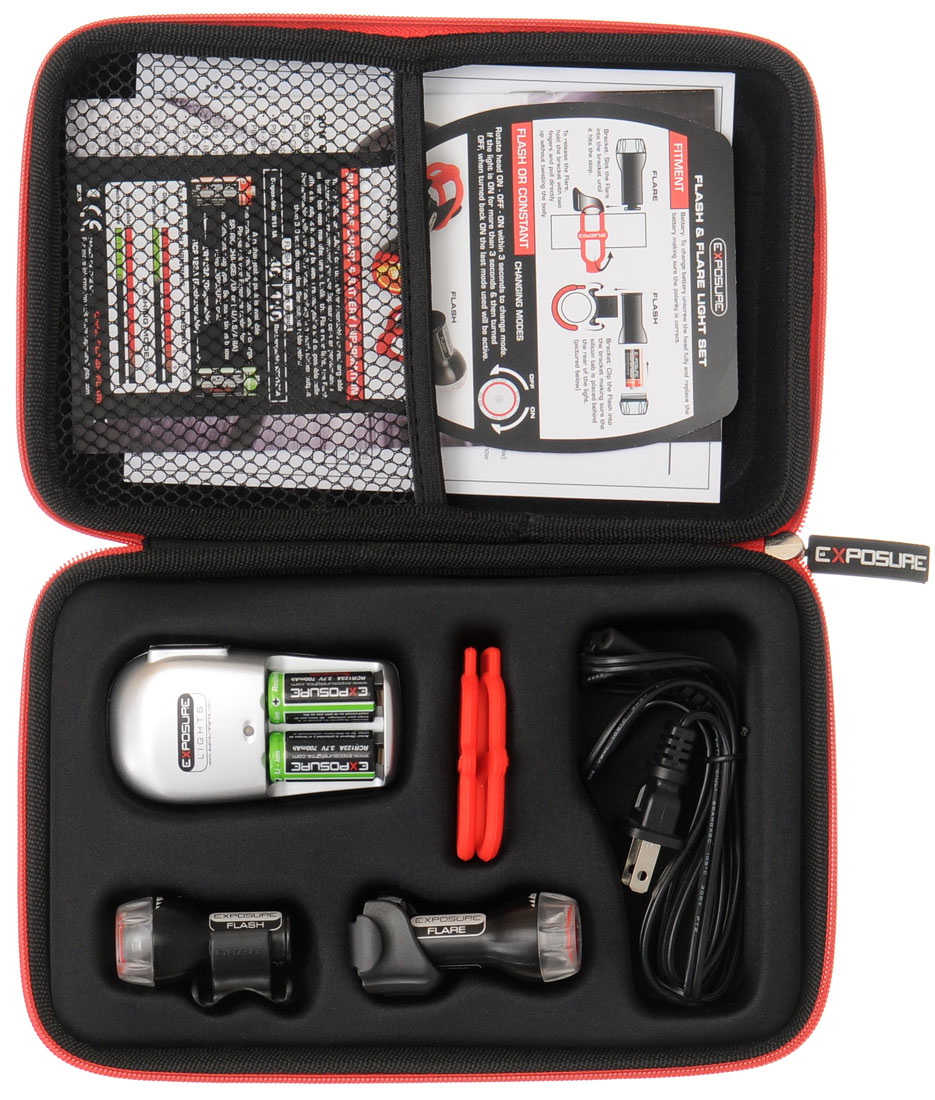
Exposure does make a flashing rear light, the Flare, which comes as part of the Flash/Flare set. I look at this light set as the ones your keep in a saddle bag or jersey pocket as "emergency" lights. For those times when you forgot to charge up your big lights, or if you're riding with a less well prepared friend, or if-as is always possible-something goes wrong with your other lights, it's nice to have a backup. I normally keep a Blackburn Flea in my saddlebag for such an occasion, but the Flash/Flare combo is similarly small and quite a bit brighter. Like the seatpost-mounted RedEye, they also feature translucent sides to offer some visibility for cars that are perpendicular to you. These lights attach to your handlebars or seatpost via small but secure plastic brackets that mount using simple rubber rings (with handy pull tabs), and they switch between steady and flashing mode with a simple quick on/off twist. Turn the light on, it's in steady mode. Turn it off and back on, and it's in flash. The Flash/Flare is driven off CR123-A lithium batteries, but Exposure sells the Flash/Flare either with disposable batteries or as part of a kit with rechargeable CR123-A batteries ($159 for lights, two CR123-A rechargeables, and wall-charger) that, while not offering as long a runtime as the disposables, offers superior brightness (110lm vs. 40lm) for the Flash thanks to an increased voltage of 3.7 volts as compared with 3v for the disposables. The lumens for the Flare are listed at 75 and, due to some nuances of circuitry design that I don't understand, doesn't actually vary whether you use a rechargeable or disposable battery (they do use different LEDs – Cree for the Flash and Seoul for the Flare). Brightness-wise, 40/75 for the Flash/Flare combo is quite good with the disposable batteries. But stepping up to the rechargeable battery kit gives a very respectable 110 and 75. The rechargeables offer three hours of runtime on constant power and about seven hours on flash for both lights.
With a powerful bar mounted light, a small-but very capable-helmet mounted light, rear lights for both, and a simple front/rear pair, Exposure does a great job of providing options for everyone. Both of the "big" lights (the Joystick and the Strada) and the Flash/Flare rechargeable kit also come with beautiful carrying cases with pre-molded spaces for the lights and spot for the AC->USB charger and included USB charging cable. This is a very nice touch and a first among the lights I've tested. The RedEye lights come in small plastic packages, but there's plenty of room in the big light cases to keep your RedEyes should you wish to pack them more securely for travel.
As with all of these reviews, the sum total of my writing probably is, at best, a fraction as useful as actually seeing the lights in action. So, if you're already tired of reading my ramblings (or if you've simply skipped ahead), here's the video:
The lights reviewed here were provided through the cooperative efforts of CompetitiveCyclist.com and Exposure USA. The folks at Competitive Cyclist were an incredible resource to me in my writing of the reviews, offering tips and insights on both the lights themselves and also the review process. Aaron Martin, the man to speak to at Competitive Cyclist for advice on what lights would be right for you, was the one who suggested the Beacon as a great accessory for making the lights more visible. As one of the most informative sites on the web, it can be easy to forget that they also sell things since it's very easy to think of them as a reference site. But CompetitiveCyclist.com sells Exposure lights (and a lot more), and if you are interested in these lights, I can't think of a better source for them. For more information and to view the complete line of accessories, Exposure's website is ExposureLights.com.


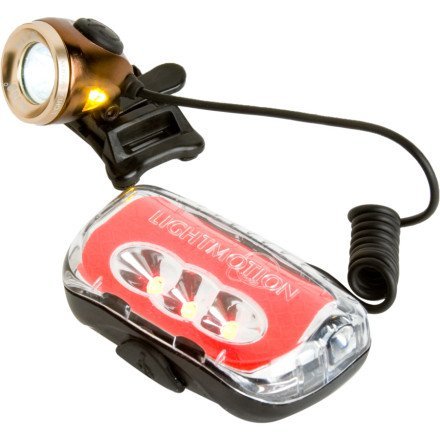
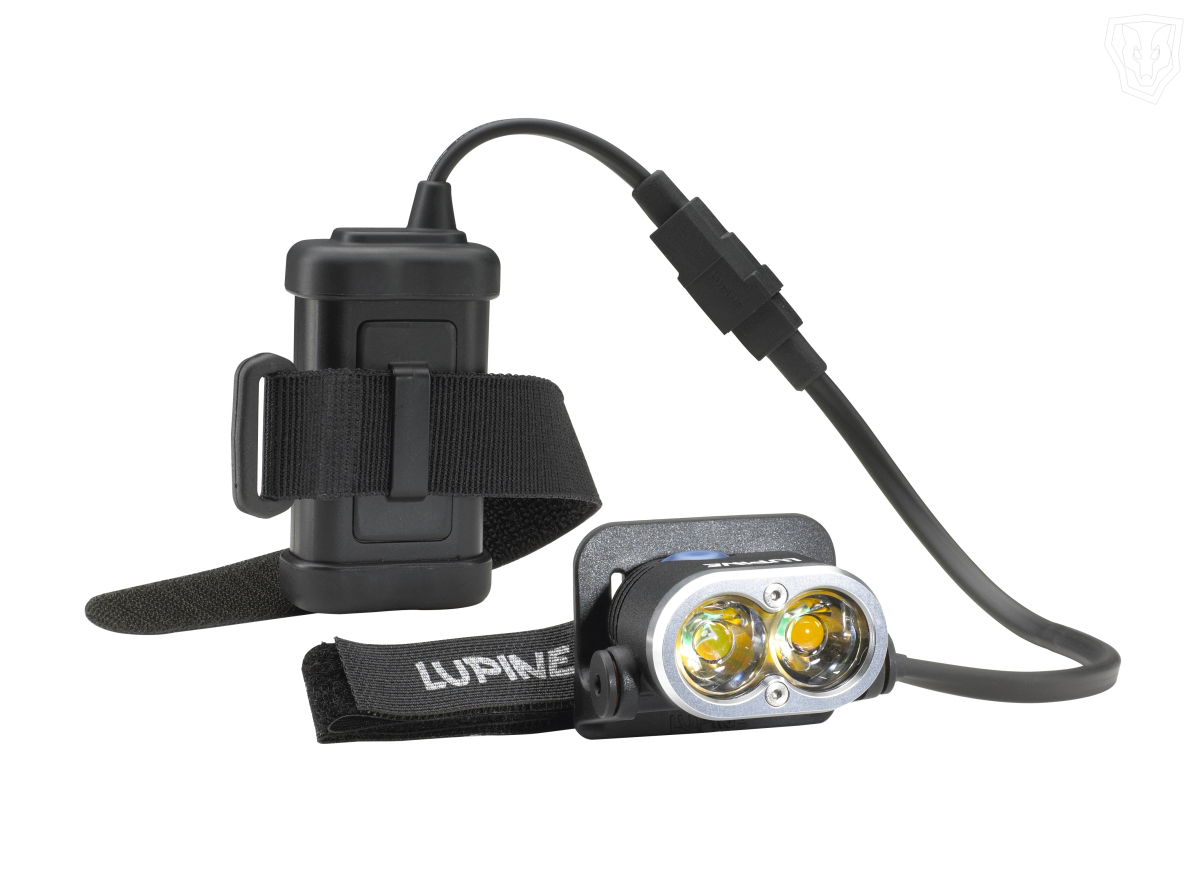
Start the discussion at slowtwitch.northend.network